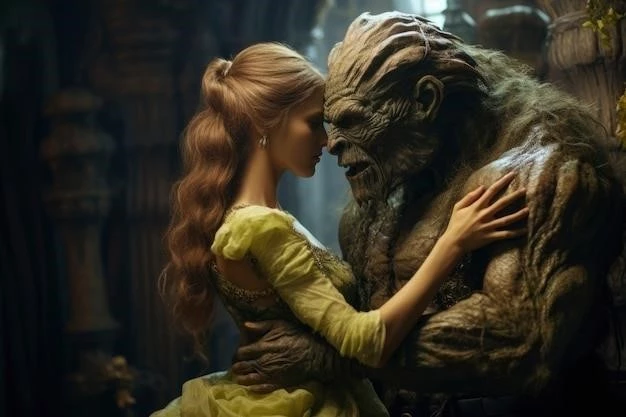Have you ever wondered why you feel drawn to certain people? Why are some faces more appealing than others? What makes us tick in the game of love? As someone who’s always been fascinated by these questions, I recently dove deep into the evolutionary basis of love and attraction. And let me tell you, the science behind it is absolutely captivating.
It Starts With Biology: The MHC Connection
One of the most fascinating aspects of attraction lies in our genes, specifically the major histocompatibility complex (MHC). These genes play a crucial role in our immune system. What’s fascinating is that studies have shown that we tend to be more attracted to individuals with MHC genes different from our own.
Why? Well, from an evolutionary perspective, it makes perfect sense. Mating with someone who has a diverse MHC profile increases the likelihood of producing offspring with stronger, more robust immune systems. It’s like nature’s way of ensuring greater chances of survival for our offspring.

The Allure of Symmetry: A Universal Language of Beauty?
I remember reading a study about facial symmetry and attraction. Researchers found that faces deemed more symmetrical were often rated as more attractive, across different cultures. Now, symmetry isn’t just about aesthetics. It’s often seen as an indicator of good health and genetic fitness.
Think about it – a symmetrical face suggests that an individual has developed under stable, favorable conditions. It’s like a subtle advertisement of good genes, whispering, “Hey, I’m healthy and strong, potentially a good mate!”
Beyond the Physical: The Power of Shared Values
Of course, attraction goes beyond physical attributes. While those initial sparks might be ignited by biology, long-term relationships are built on a foundation of shared values, beliefs, and life goals.
I’ve found, both in my own life and observing relationships around me, that couples who thrive often share a similar outlook on life. They have compatible views on family, career aspirations, and personal growth. These shared values provide a sense of understanding, support, and a shared vision for the future.
The Role of Hormones: A Chemical Cocktail of Love
We can’t talk about love and attraction without mentioning the powerful influence of hormones. Dopamine, oxytocin, serotonin – these chemical messengers play a pivotal role in how we experience love and connection.
- Dopamine: Remember that feeling of euphoria and excitement when you first start falling for someone? Thank dopamine for that! This neurotransmitter is associated with pleasure, reward, and motivation, making love feel incredibly addictive (in the best way possible, of course!).
- Oxytocin: Often dubbed the “cuddle hormone,” oxytocin promotes bonding, trust, and intimacy. It’s released through physical touch, like hugging or kissing, strengthening feelings of closeness and connection.
- Serotonin: This mood-regulating hormone contributes to feelings of happiness, contentment, and emotional stability – all essential ingredients for a healthy, loving relationship.

My Personal Takeaway: A Beautiful Interplay
Exploring the evolutionary basis of love and attraction has given me a whole new appreciation for the complexity of human connection. It’s fascinating to see how biology lays the groundwork, influencing our initial preferences, while shared values and emotional compatibility shape the long-term trajectory of love. It’s this beautiful interplay of nature and nurture that makes love such a captivating and enduring force in our lives.










